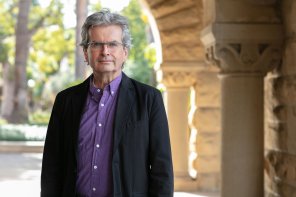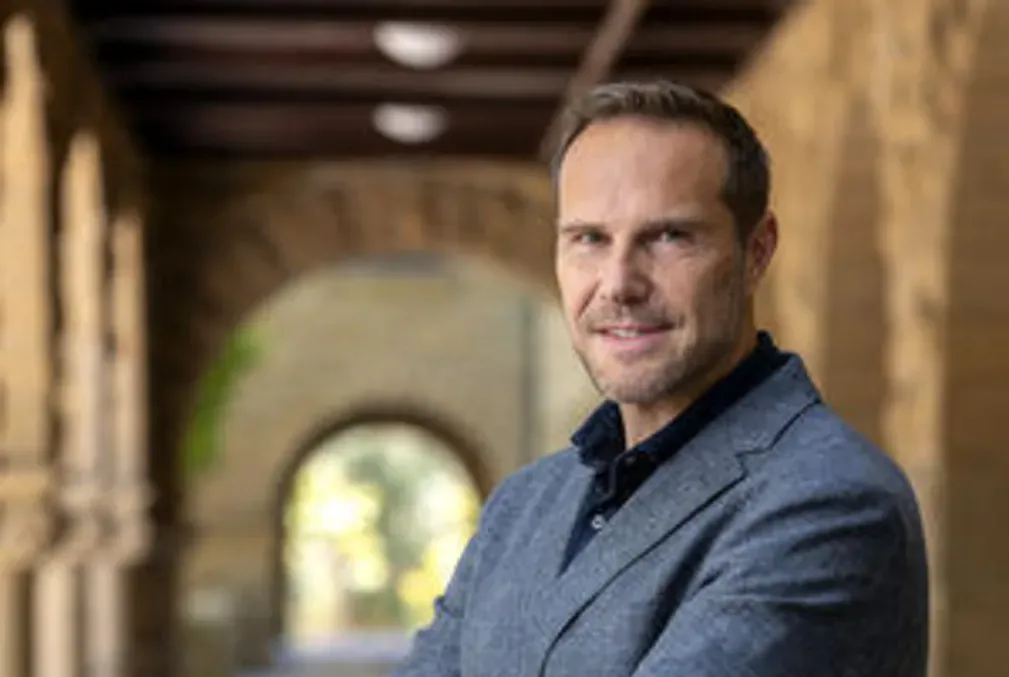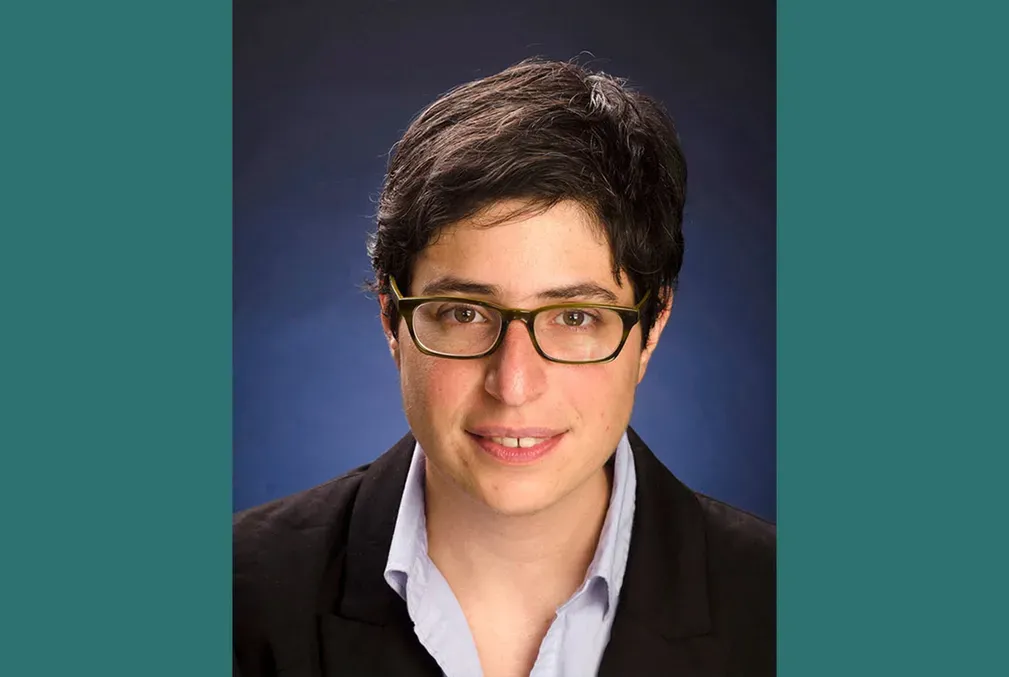With five new appointments, Creative Writing Program undergoing ‘amazing transformation’
Poets Louise Glück, A. Van Jordan, Amaud Jamaul Johnson, and Aracelis Girmay and fiction writer Kirstin Valdez Quade have been appointed to the faculty of the renowned program.
Five award-winning writers have been appointed to faculty positions in the Creative Writing Program. Three have already settled in at Stanford, and two more are set to arrive later this year.
“These new and incoming professors have distinguished themselves with the originality and quality of their work,” said Debra Satz, the Vernon R. and Lysbeth Warren Anderson Dean of the School of Humanities and Sciences. “Their poetry and prose are dazzling, and the diversity of their backgrounds will enrich the program’s teaching and creative production.”
The Creative Writing Program is part of the English Department. The majority of English majors at Stanford earn their degrees with an emphasis in creative writing, and the creative writing minor is one of the three most popular on campus. The program also offers two-year fellowships—the prestigious Wallace Stegner Fellowship—to emerging poets and fiction writers.
Among the notable new appointments is Nobel laureate Louise Glück, who previously taught at Stanford as a visiting professor and a Mohr Visiting Poet. She joined the faculty in January and is teaching a Stegner workshop this quarter.
“Louise brings a high level of technical skill to the classroom as well as a deep, abiding sense of the importance of the space of the workshop,” said Austin Araujo, a Stegner fellow. “She asks us to listen to our poems and, by extension, ourselves, as closely as possible.”
Glück was awarded the Nobel Prize in literature in 2020. The Swedish Academy cited “her unmistakable poetic voice that with austere beauty makes individual existence universal.” She also has received the Pulitzer Prize for poetry for The Wild Iris (The Ecco Press, 1992) and the National Book Award for Poetry for Faithful and Virtuous Night (Farrar, Straus and Giroux, 2014). She was awarded a National Humanities Medal by President Barack Obama in 2015 and served as U.S. poet laureate from 2003 to 2004.
Glück is the author of more than a dozen volumes of poetry. Most recently, she published a work of fiction, Marigold and Rose (Farrar, Straus and Giroux, 2022).
‘An amazing transformation’
“The program is going through an amazing transformation before our eyes,” said Nicholas Jenkins, interim director of the Creative Writing Program and an associate professor of English.
In addition to Glück, poet A. Van Jordan joined the creative writing faculty in the fall and is teaching an advanced poetry workshop to undergraduates this quarter. The poet Amaud Jamaul Johnson joined the faculty in January and will begin teaching in the spring. Fiction writer Kirstin Valdez Quade and poet Aracelis Girmay are set to arrive at Stanford this summer.
H&S plans to introduce Jordan, Johnson, Valdez Quade, and Girmay in a series of Q&As throughout the year.
“We’re in a remarkable period of hiring during which we’re fortunate enough to be bringing to campus an extraordinarily talented array of significant artists and teachers,” Jenkins said.
Long a central reference point in the university’s creative landscape thanks to the presence of writers such as Adam Johnson, Chang-rae Lee, Patrick Phillips, and Elizabeth Tallent, the Creative Writing Program’s metamorphosis follows the unexpected death in 2020 of Eavan Boland, the program’s director and a beloved figure at the university, and the pandemic, which thwarted readings and other in-person gatherings. Both were blows to the creative writing community, Jenkins said.
Now, with pandemic restrictions lifted and the spate of new faculty members, Jenkins said the program is reinvigorated and developing in new and dynamic ways.
In addition to the new hires, the program’s footprint itself has expanded into Mariposa House. This multipurpose space provides offices for lecturers and meeting rooms, but it is meant to cater especially to undergraduate students, who can organize study groups, pop-up readings, and informal discussions there.
“The Creative Writing Program has been an absolute jewel of the university for many years, and we’re looking toward burnishing its brilliance into the future,” Jenkins said.
The writer and environmentalist Wallace Stegner founded the program in 1946 and established the fellowship, which later were named in his honor. Notable former Stegner fellows include Raymond Carver, Lan Samantha Chang, Philip Levine, ZZ Packer, Robert Pinsky, Vikram Seth, Scott Turow, and Tobias Wolff.
Two of the new faculty members, Johnson and Valdez Quade, were also fellows.
Some former Stegner fellows are appointed Jones Lecturers in the program. There are 24 Jones Lecturers, and they teach some of the most sought-after undergraduate classes at Stanford.
In high demand
The growth of the Creative Writing Program is especially welcome because the demand for its courses regularly outpaces supply.
“We have a large number of fully enrolled classes, many with significant waitlists and some where the waitlists are longer than the enrollment roster,” Jenkins said. He noted that the popularity of the program attests to how multitalented Stanford students are and to their hunger for creative outlets.
“Creative writing draws many students from outside the humanities,” Jenkins said. “Until I started directing, I hadn’t realized how widely the roots of the program spread out across campus. We attract passionate, talented students from computer science, mathematics, political science, engineering, and economics. They want to nourish another part of their souls—the expressive, aesthetic side. And to allow them to do that is a huge source of pride for us.”
Jenkins said that many students today have grown up communicating via text messaging, chat rooms, and social media posts—in other words, primarily through writing. “In that sense, creativity has been emancipated by the digital revolution,” he said. “And one thing Stanford is about is embracing creativity.”
Jenkins added: “With a galaxy of great, dedicated writers on campus—both those who have been inspiring us for years now and those who are just joining us—the Creative Writing Program is now beginning a new chapter in its own exhilarating story.”
This is the first in a series of articles highlighting new faculty in the Creative Writing Program.





